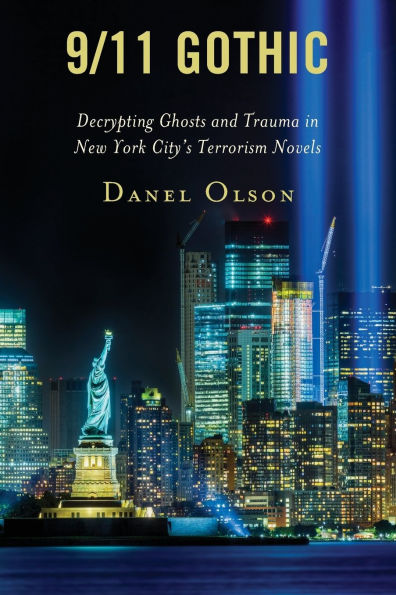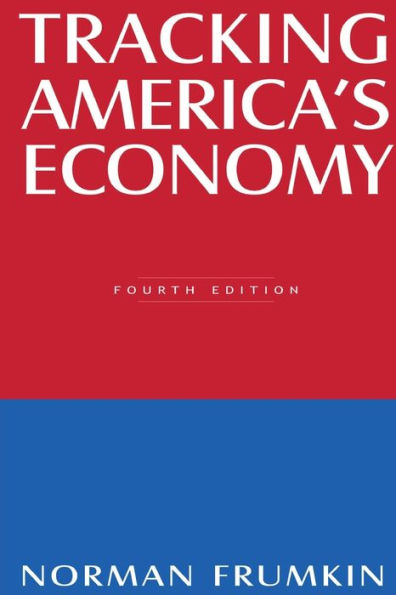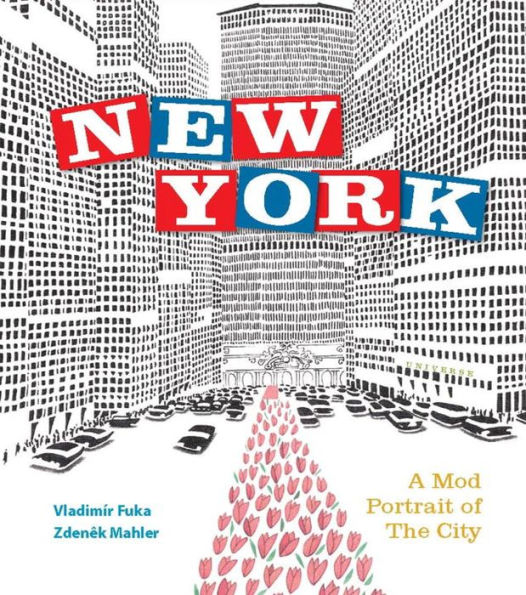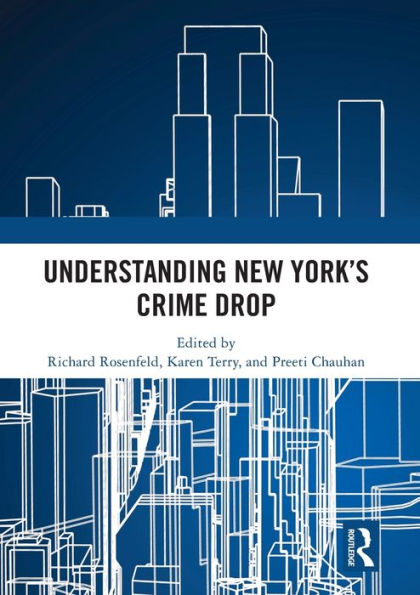Home
9/11 and the New York City Economy: A borough-by-borough analysis
Loading Inventory...
Barnes and Noble
9/11 and the New York City Economy: A borough-by-borough analysis
Current price: $5.38


Barnes and Noble
9/11 and the New York City Economy: A borough-by-borough analysis
Current price: $5.38
Loading Inventory...
Size: OS
*Product Information may vary - to confirm product availability, pricing, and additional information please contact Barnes and Noble
The political, security, and social implications of the terrorist attack of September 11, 2001, have been well documented. In New York City, the events of that day resulted in the deaths of 2,699 workers from a wide range of occupational backgrounds. Of the 2,198 non-rescue workers killed in the World Trade Center, 78 percent were employed in finance, insurance, and real estate. Firefighters accounted for 81 percent of the 412 fatally injured rescue workers; 15 percent were police officers or detectives. Thirty-six percent of the 89 individuals killed on the airplanes that crashed into the towers were traveling on services-related business.The terrorist attack also had a profound impact on the city's economy, its labor market dynamics, and individual businesses. Just what the immediateand long-term economic effects of the attack were and will be on New York City has been the subject of some debate. This article joins that discussion in its analysis of employment and wage data, on a borough-by-borough basis.The article focuses on the most salient feature of the current city economy: the bifurcation of its industry into "export" and "local" economic sectors. Examining the effect of 9/11 on each of the boroughs makes it possible to isolate the "export" sector, on the one hand, which identifies New York City as a prime center of the global economy, and the "local" sector, on the other, which has its own distinct importance and relation to the city's industry.In what follows, trends in employment and wage patterns based on the Bureau of Labor Statistics (BLS) Quarterly Census of Employment and Wages (QCEW) program are compared, on a borough-by-borough basis, before and after the attack to measure the extent of the losses. The relation of these losses to the entire New York economy completes the analysis.


















